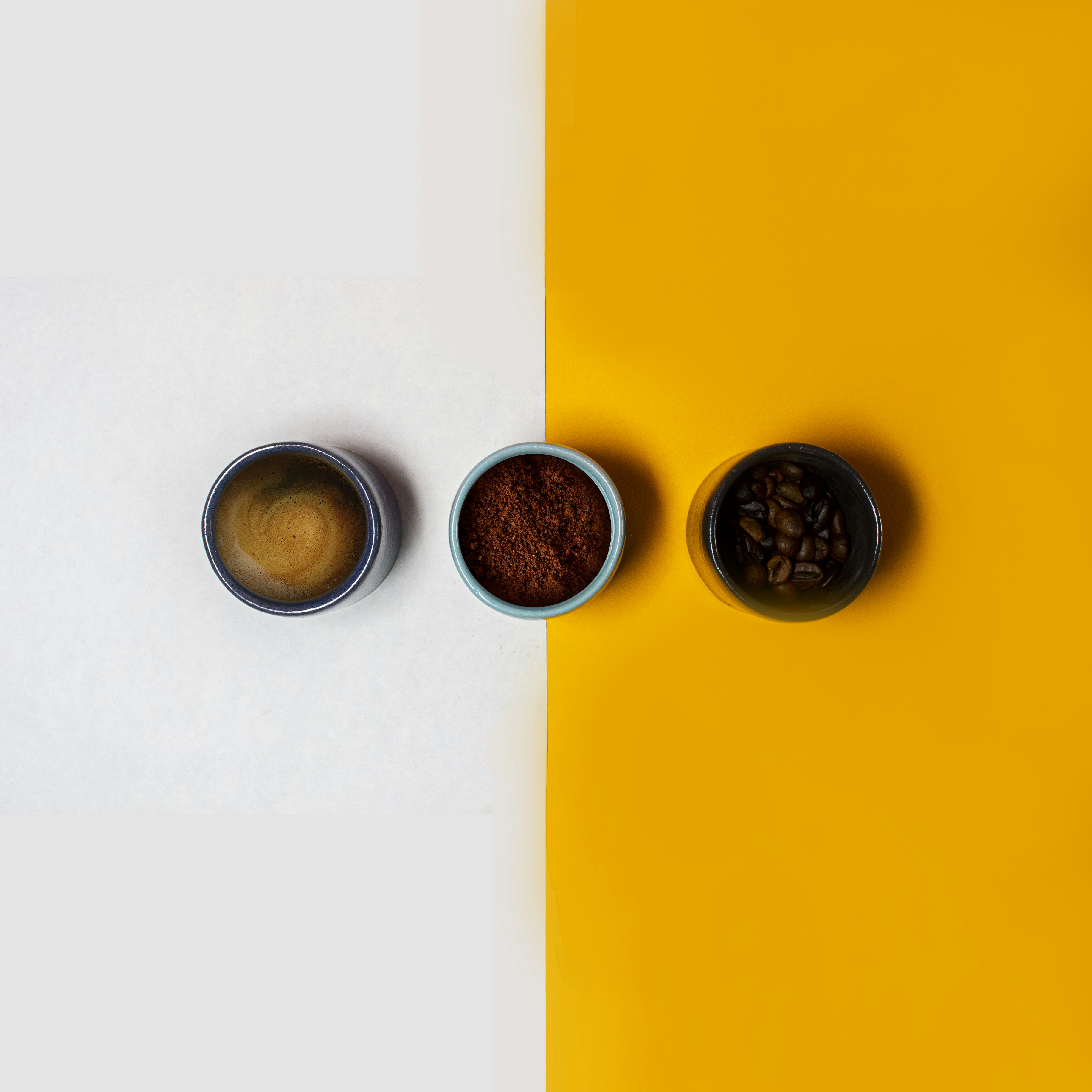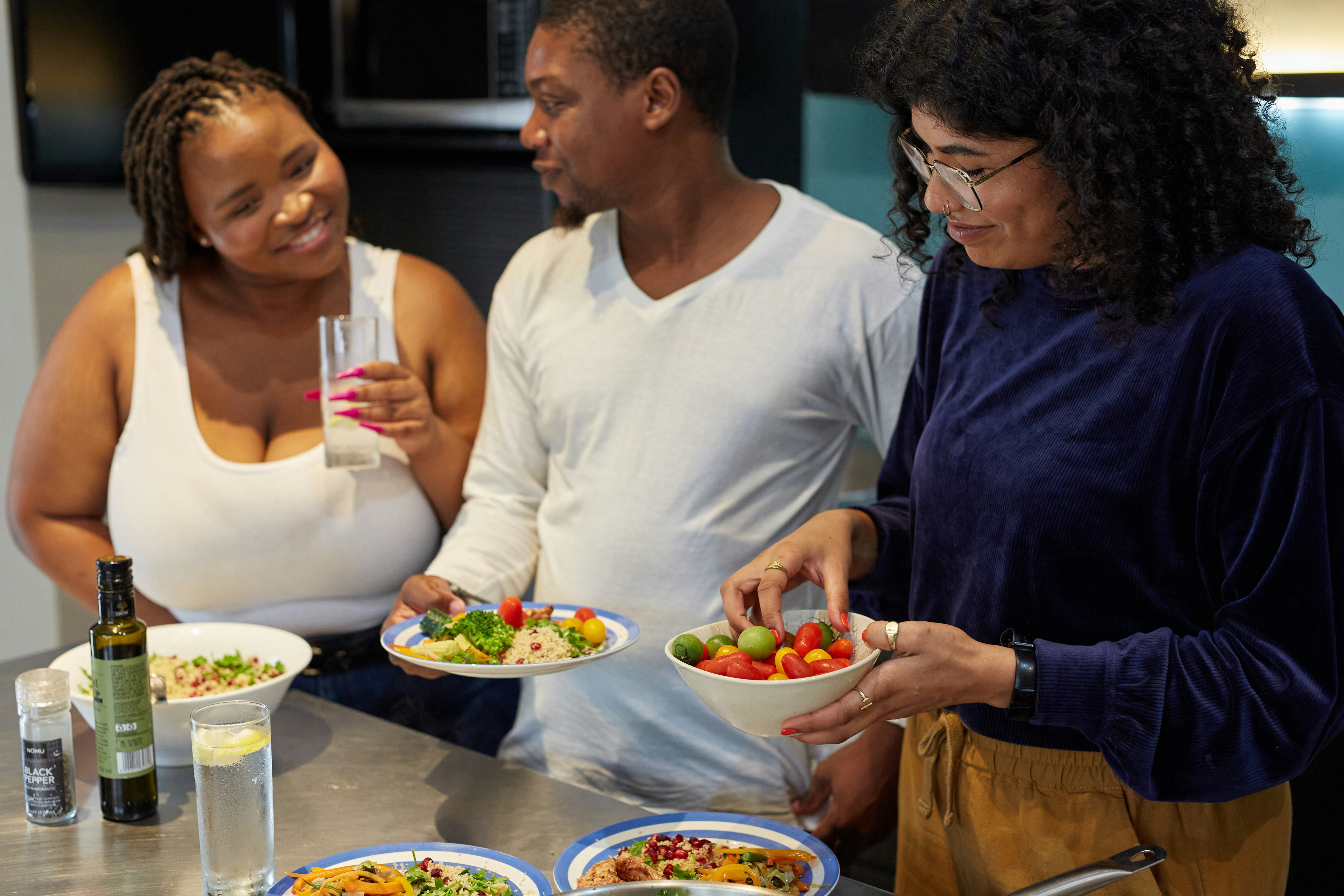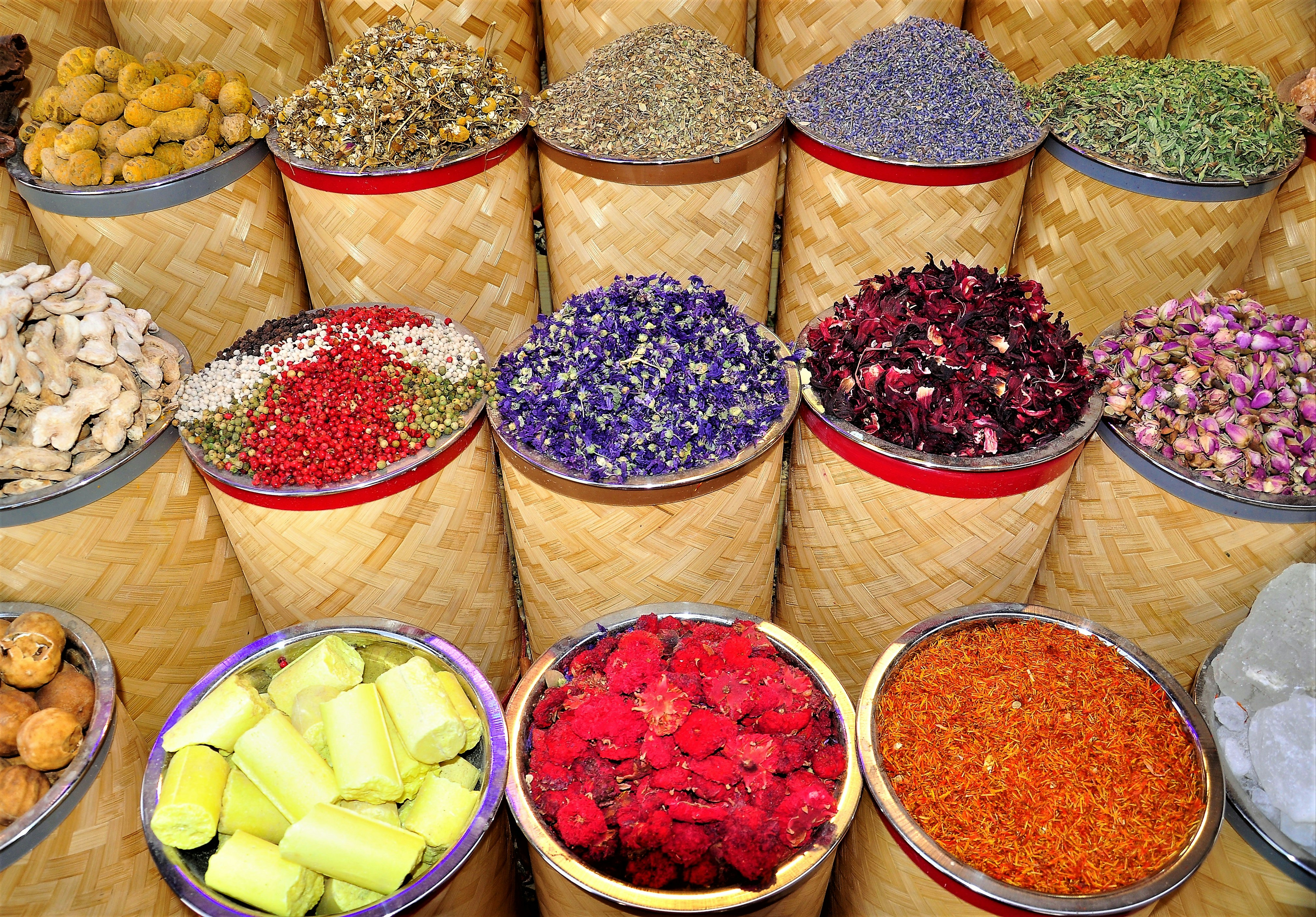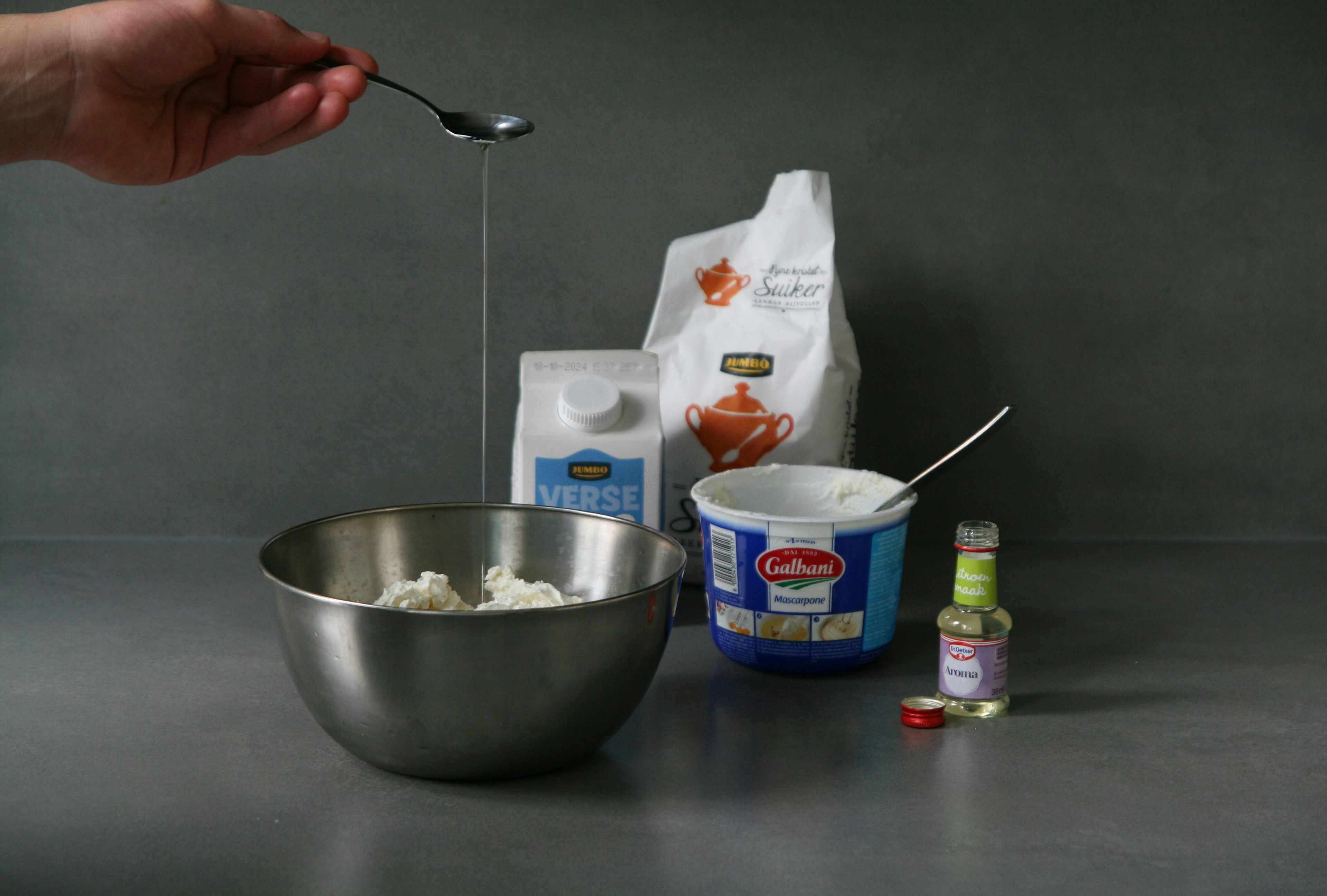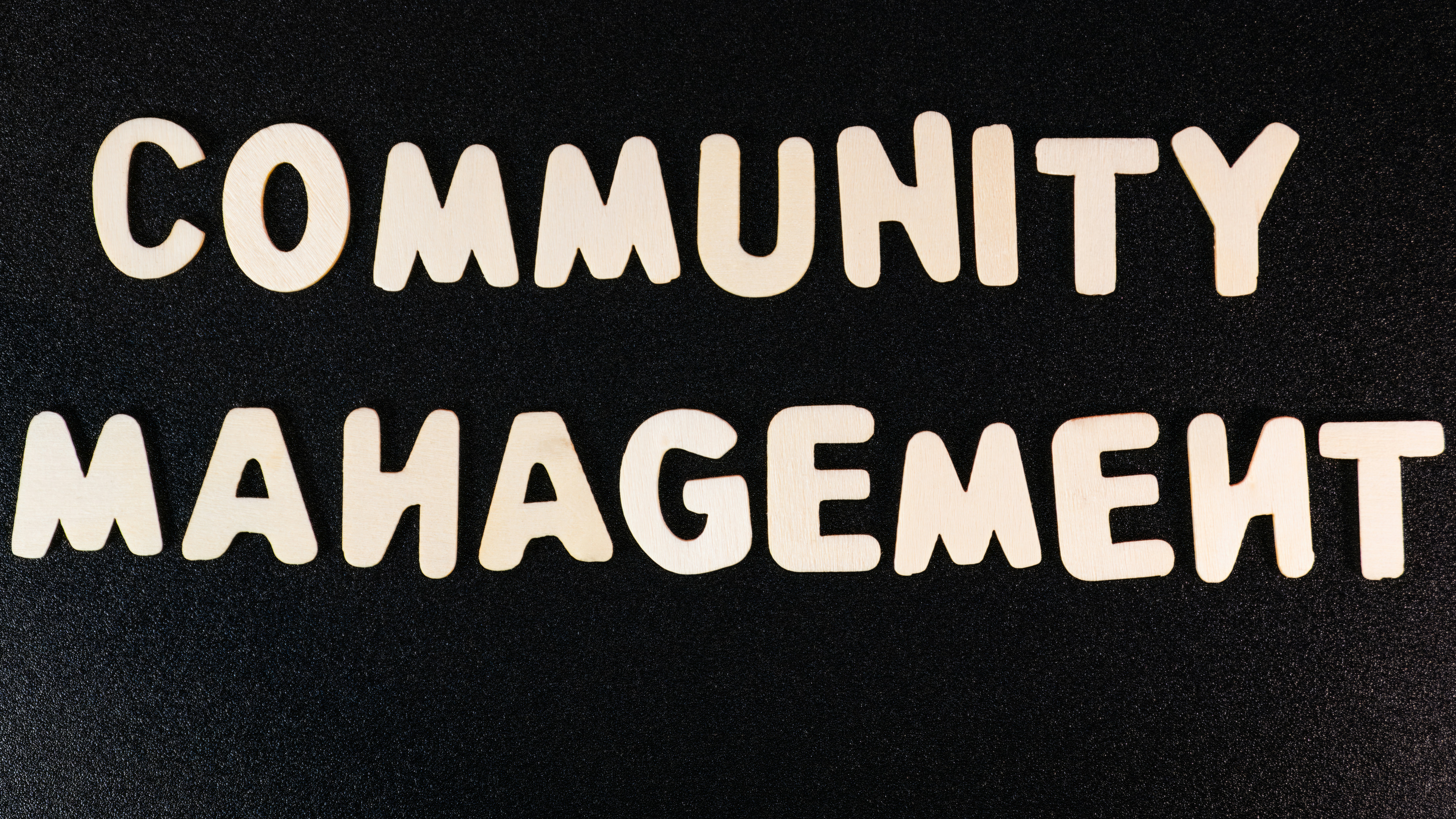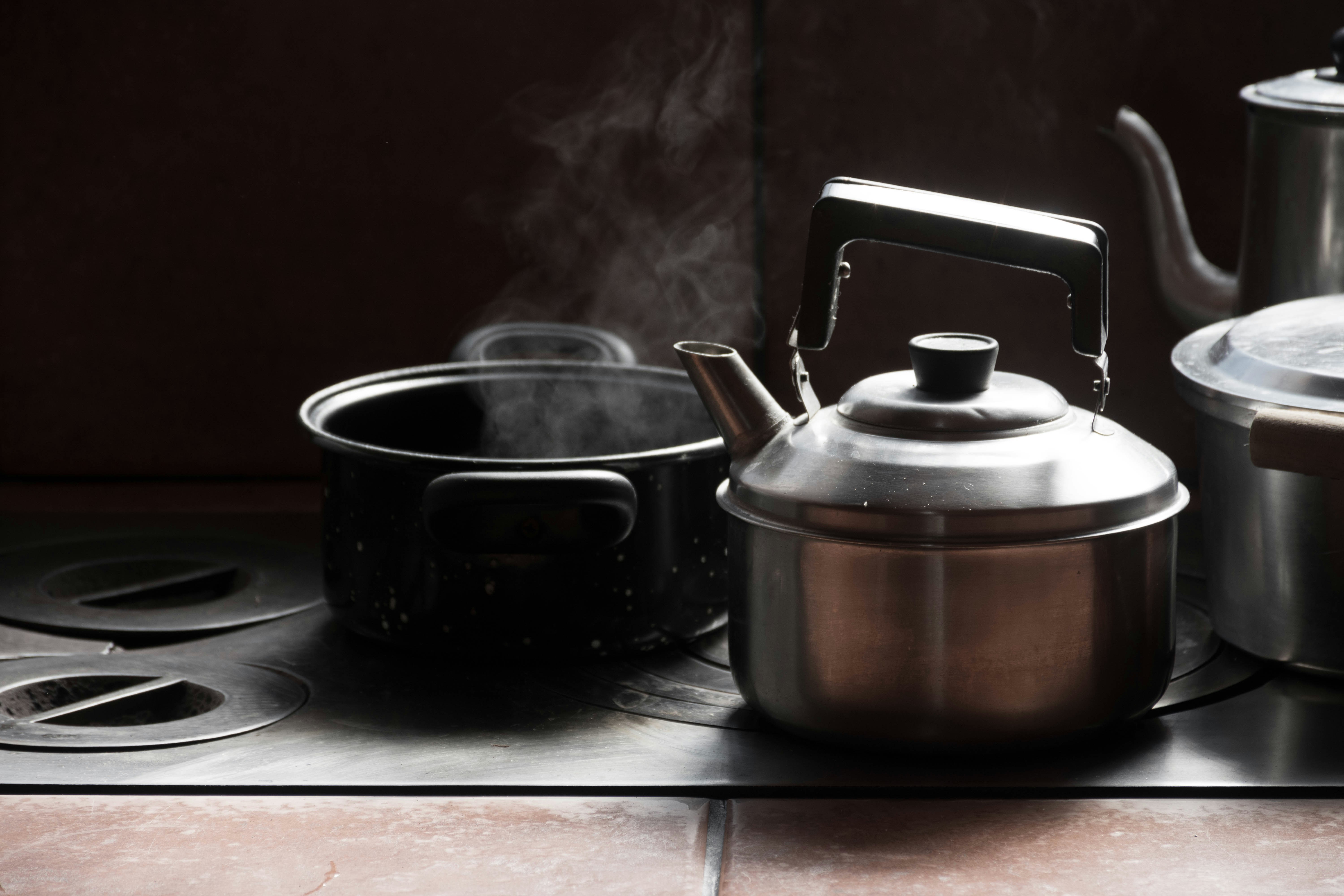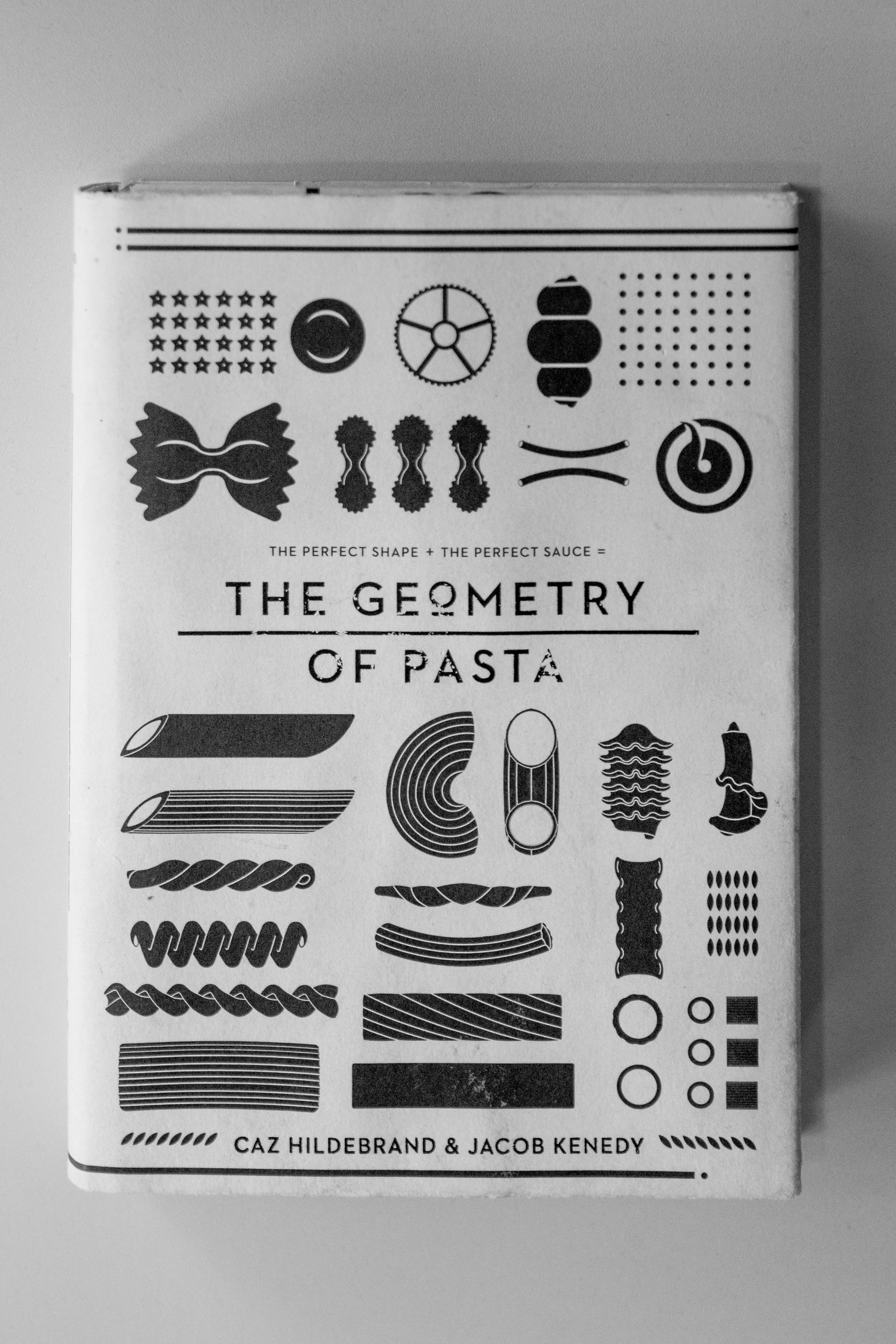Culinary Bias: How Culture Shapes Our Taste Buds and Recipes
Culinary bias is often a silent architect of our favorite meals and dining experiences, shaping our food choices in ways we might not even recognize. From the spices we prefer to the textures we crave, our cultural backgrounds play a pivotal role in determining what flavors ignite our taste buds. This engaging exploration seeks to illuminate the relationship between culture and cuisine by uncovering how our perceptions of flavor and ingredient combinations are heavily influenced by our heritage. Join us as we embody a journey through the nuances of culinary bias, share personal insights from chefs of diverse backgrounds, and provide practical tips for embracing inclusivity in home cooking.
Understanding Culinary Bias
Culinary bias refers to the subjective preferences formed around tastes and cooking practices shaped by one’s cultural history. Our palates develop in tandem with our upbringing—what our parents cooked for us, the spices we grew up smelling, and the meals we shared at family gatherings. Recognizing culinary bias helps us understand why certain flavors resonate with us more than others and why we may recoil at what others consider delicacies.
This concept isn't simply about flavor; it can deeply affect our cooking habits and recipe choices. For example, someone who grew up in a household where spicy food was a staple might find their culinary adventures challenged when exposed to more muted dishes. Conversely, someone raised on a diet of bland flavors may have a different taste trajectory.
Cultural Influences on Flavor Profiles
The Role of Tradition
Food acts as a cultural cornerstone, a way to celebrate heritage through culinary practices passed down through generations. A traditional dish often tells a story—of resources available, seasonal changes, and cultural rituals. For instance, in Indian cuisine, the use of heat and spices is often reflective of historic trade routes. The diverse landscape of India, teeming with spices, not only defines its palate but also its cultural identity.
Equally, Italian cuisine’s emphasis on fresh, seasonal ingredients signifies a connection to local farms and a slower, more intentional lifestyle. Thus, understanding these culinary backstories fosters a deeper appreciation for the dishes we encounter.
Personal Anecdodes from Chefs
To further illustrate this point, we got in touch with chefs from various backgrounds to provide a richer perspective on how culture influences culinary creativity. Chef Maria Gonzalez, born in Mexico, spoke of the importance of chiles in her cooking. “They’re not just flavors; they’re memories of my family gatherings,” she shared. “The heat brings back laughter and stories shared over homemade tortillas.”
On the other hand, Chef Hiro Tanaka from Japan emphasized precision. “Every ingredient serves a purpose,” he noted. “Our dishes combine texture and presentation to tell a story on the plate. The balance reflects harmony, a core value in my culture.”
These insights reveal the deeper connection between culture and cooking, encouraging home cooks to infuse their heritage into their culinary pursuits.
Adapting Recipes for Cultural Inclusivity
Embracing culinary bias means recognizing our food preferences while expanding our palates to accommodate others. Here are a few methods to modify your recipes while honoring cultural influences:
1. Embrace Cross-Cultural Element - Incorporative Flavors
Experiment with cross-cultural flavors in popular dishes. For instance, add an Indian twist to Italian pasta by incorporating masala or experimenting with lentils as a protein source. This fusion not only celebrates the existing recipes but also invites novel culinary experiences.
2. Modify Ingredients For Accessibility
Consider the availability of ingredients in your community. If a recipe calls for specific spices that aren’t accessible, researching substitutes can promote inclusivity. For example, if spicy paprika isn’t available, smoked paprika can deliver a unique flavor profile while remaining true to the dish's intent.
3. Use Sensory Techniques
Cooking is about more than just taste; think about aroma, texture, and even sound. A blog post like “The Scent of Cooking” delves deeper into how these sensory experiences can elevate your dishes, integrating cultural elements seamlessly.
4. Engage with the Community
Organize communal cooking classes that respect and reflect cultural identities. When participants share their personal recipes and stories, it builds a culinary community that welcomes new ideas while honoring tradition.
Expanding Your Culinary Horizons
Rediscovering Historical Recipes
Culinary time travel is about exploring the historical roots of dishes to understand their evolution. By rediscovering recipes linked to your heritage or local cuisine, you cultivate a connection not just to the food but to the history of your people. Check out “Culinary Time Travel” for insights into how historical cooking methods can enrich your daily meals.
The Emotional Connection to Taste
Flavor is linked not only to cultural identity but also to emotional memory. The meals we associate with happiness or nostalgia can shape current food preferences. By tapping into these connections, we can create meals that resonate on a deeper level. Learn more about this fascinating theory in “Flavors of Emotion”.
Engaging Your Senses
Taste, Flavor, and Culture
Our sense of taste is multifaceted and heavily sociocultural. Here, the concept of sensory cooking comes to play. Engaging multiple senses while cooking can change how you perceive specific flavors. Techniques like infusing your kitchen with music or incorporating colors into your plating change the way each dish is experienced. The post “Savory Soundscapes” discusses how melodies can enhance flavor perception, offering an experimental lens to home cooks.
Cooking as an Artistic Outlet
Using food as your canvas can elevate everyday cooking into an expression of identity and creativity. Like painting, it’s about choosing the right palette—consider how colors can play into your culinary choices. Engaging with this artistic side can result in meals that not only taste good but also visually appeal to the senses.
Final Thoughts: A Culinary Journey Awaits
Exploring culinary bias reveals the myriad ways our cultural backgrounds shape our food experiences and choices. The knowledge that flavors can create a bridge to understanding one another is paramount in fostering inclusivity in cooking. By consciously engaging with our diverse cultures, we can experiment, adapt, and celebrate not just our flavors but those of others too.
Whether you’re a seasoned chef, a curious home cook, or someone seeking to explore new dimensions of flavor, remember that the kitchen is a creative space that thrives on experimentation and diversity. So, why not embark on your culinary journey today? Your taste buds will thank you!

